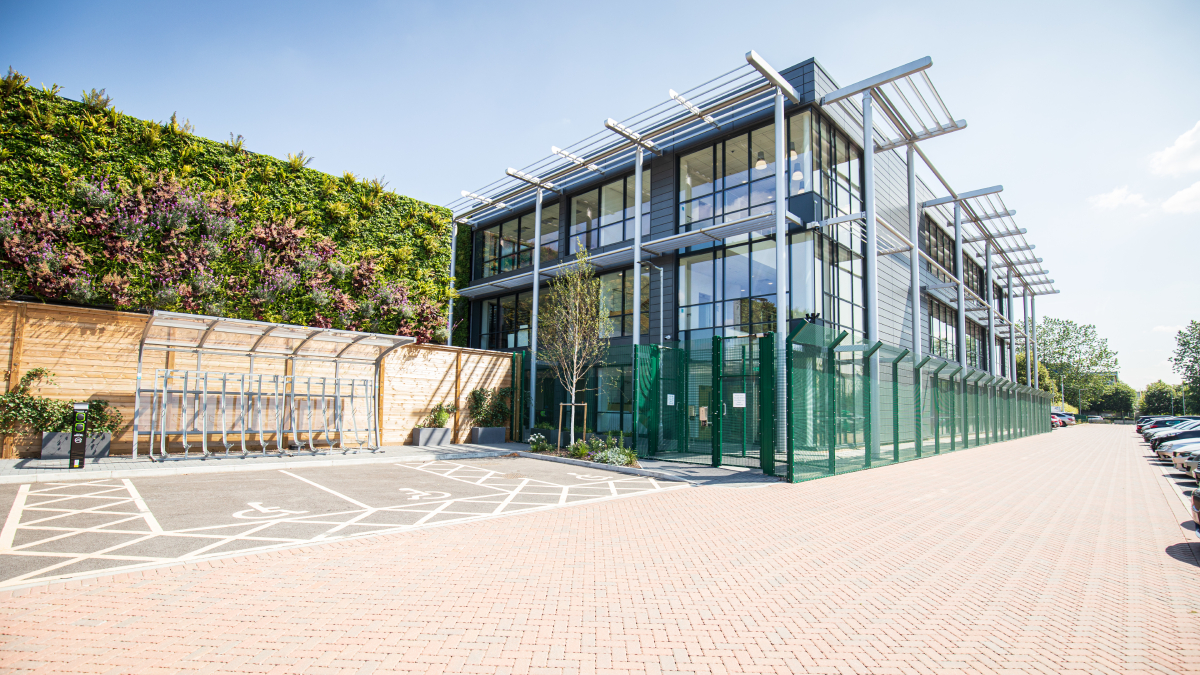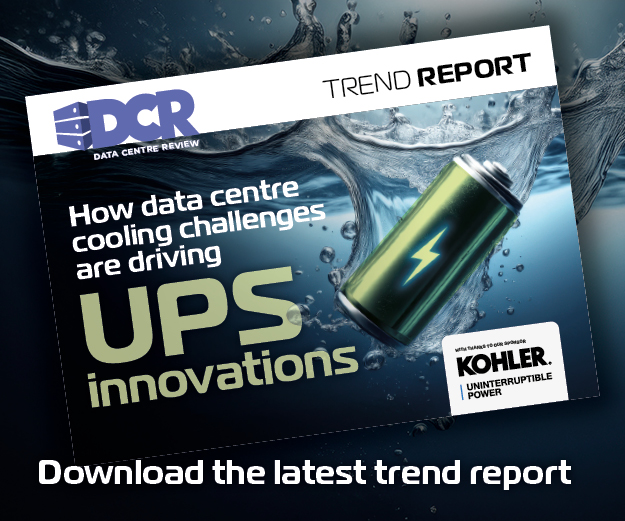While many data centre operators strive to be more effective and efficient and prepare for a greener future, not all are looking at optimising their entire data centre footprint.
Some focus on discrete initiatives, but the most sustainable providers will look at managing the data centre lifecycle end-to-end to achieve the greatest efficiency and performance – from design and construction, through deployment to operation and optimisation.
Performance
Firstly, it is important to understand what is meant by ‘performance’. Availability is a key performance indicator since the IT loads that data centres support are mission-critical and any unplanned or unscheduled downtime can end up being costly for any organisation. For example, in February 2022, British Airways suffered an outage that prompted it to cancel short-haul flights out of London Heathrow Airport. According to a report on the BBC News website, the fallout from the incident was wide-ranging, with numerous systems that BA relies on to conduct its operations at Heathrow affected.
Availability comes hand in hand with uptime and scalability, which are equally vital for performance. This is particularly key for colocation providers that are required to flex their provision alongside their multiple customers’ changing requirements. High-Performance Compute (HPC) environments need large amounts of power and the agility to rapidly change consumption profile in line with demand.
Other performance metrics include how cost effective the data centre is in terms of CapEx, OpEx or total cost of ownership (TCO), how sustainable and environmentally compliant the design is, and how energy efficient the facility is. Even with increased demand, modern data centres are expected to keep power usage within environmental requirements.
But performance isn’t just about defining what is required today. It’s important to continually review which techniques, technologies and strategies are performing as expected, and which need to be improved. For back-up power, the industry continues to investigate alternative, sustainable sources – fuel cells are being looked at as a potential standby energy source. At present, this technology is not available at the scale required for large data centres, but research is ongoing.
Design and construction
One of the first considerations for data centre operators is likely to be location. From a country perspective, recent reports show that despite the continued growth in the key five FLAP+D country locations (Frankfurt, London, Amsterdam, Paris and Dublin) – which account for 70% of data centre space – other areas (such as Zurich/Geneva, Warsaw and other large European metropolises which aren’t capital cities) stand out as hot spots for future investments.
Data centres can be built almost anywhere with enough suitable power and the right connectivity, but location has an impact on the quality of service it can provide to its customers. Many organisations choose providers that are close enough to business hubs and other data centre ecosystems to allow for mission critical data replication services, but far enough from both to satisfy physical disaster recovery requirements. Being convenient for customers to access their systems is also a deciding factor for location.
Today, the rising cost to construct and operate a data centre due to increases in fuel and raw material prices calls for better approaches to design. A holistic, innovative design approach provides significant benefits to data centre managers and involves carefully considering all of the variables with an eye on OpEx over the life of the data centre, not just the initial CapEx investment to build the facility.
However, innovation must always be aligned with ongoing sustainability, and it’s here where the BREEAM (Building Research Establishment Environmental Assessment Method) standards are important. These standards look at the green credentials of commercial buildings, verifying their performance and comparing them against sustainability benchmarks across the entire project lifecycle.
As well as the commitment to meeting BREEAM specifications, many providers also employ a modular build methodology to deploy capacity as and when required. This drives up utilisation, and maximises efficiency both from an operational and cost perspective.
Deployment, operation and optimisation
Power and cooling account for much of the operating costs of a data centre, so efficiency is paramount. When it comes to cooling, providers use a variety of innovative techniques including indirect evaporative air. This works by drawing air from two sources: firstly, outside air is drawn through the louvres on the side of the data centre and into the cooling unit; secondly, the hotter air from within the data hall is contained from the hot aisle of the IT equipment and enters the cooling unit.
The temperature of the cooler outside air is used to cool the hotter air from the data hall via a heat exchanger, before being returned into the data hall as cool supply air. Critically the air flow never mixes inside the cooling unit, ensuring the environment inside the data hall is kept free of outside contaminants.
Other innovative operational techniques include using water sourced from a natural underground aquifer to minimise usage of mains water, rainwater harvesting and reuse of heat waste.
In terms of power requirements, the uninterruptible power supply (UPS) will be determined by several factors including the criticality of the systems under load, the quality of the existing power supply and, of course, the cost. When it comes to energy use, renewable energy is on the rise. Indeed, renewable energy projects are an area of continued success for the industry. Many providers are committed to using 100% renewable energy sources – helping them to meet environmental goals whilst also providing cost savings and increasing reliability.
Looking to the future
Data centres have become one of the most crucial pieces of business infrastructure in the modern world. They are responsible for storing and processing the vast amounts of information needed to run the digital economy – if they don’t work, businesses can’t operate.
However, demand comes at a cost and brings sustainability pressures, so time and investment must be spent on research and development of every aspect of data centre solutions – from cooling systems to energy efficiency, to security and monitoring – constantly striving to improve performance and efficiency.
Forward-looking data centre providers will work with supply partners and customers to innovate, enhance product development and ensure that they are providing operational excellence to all their



